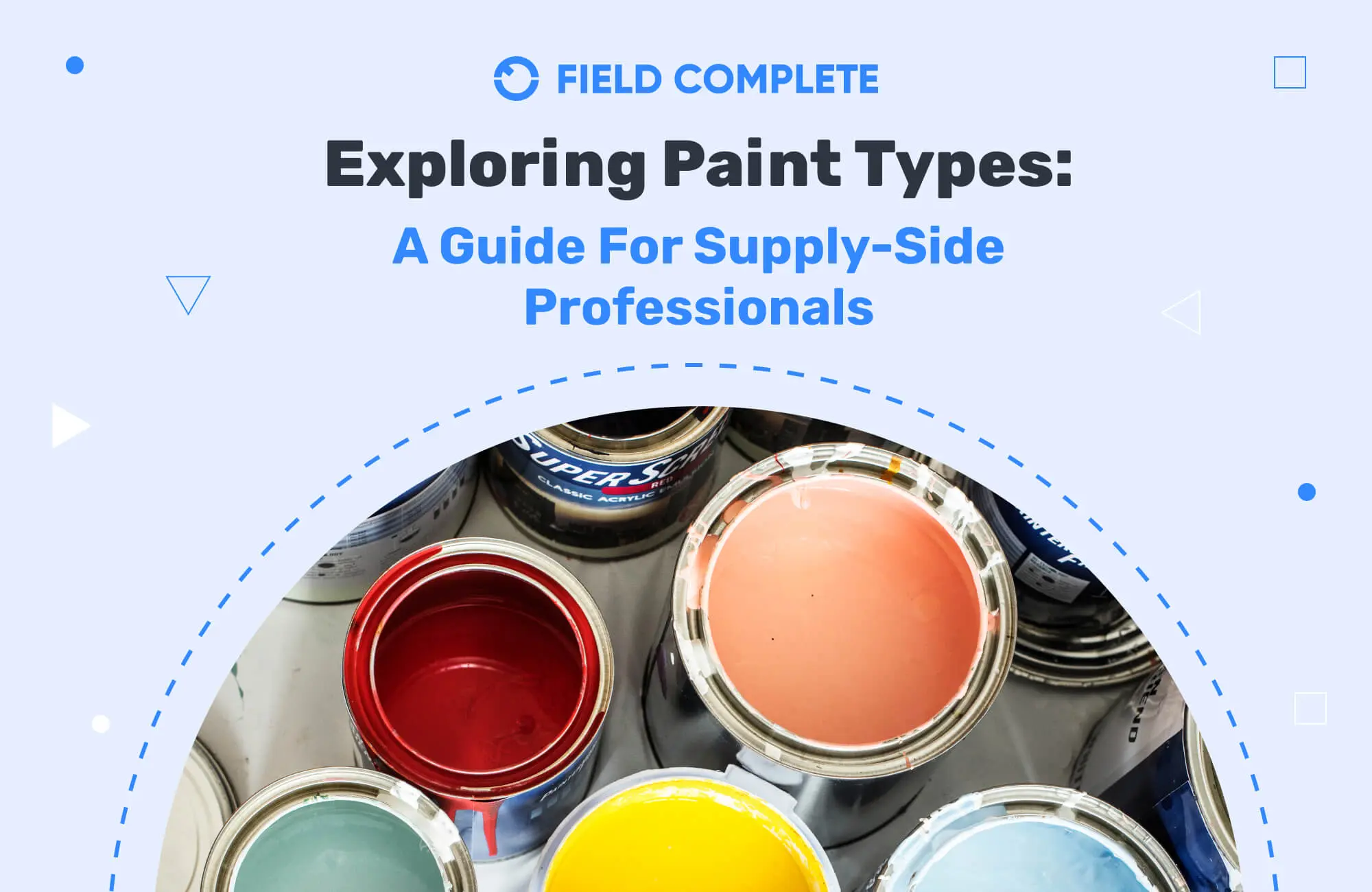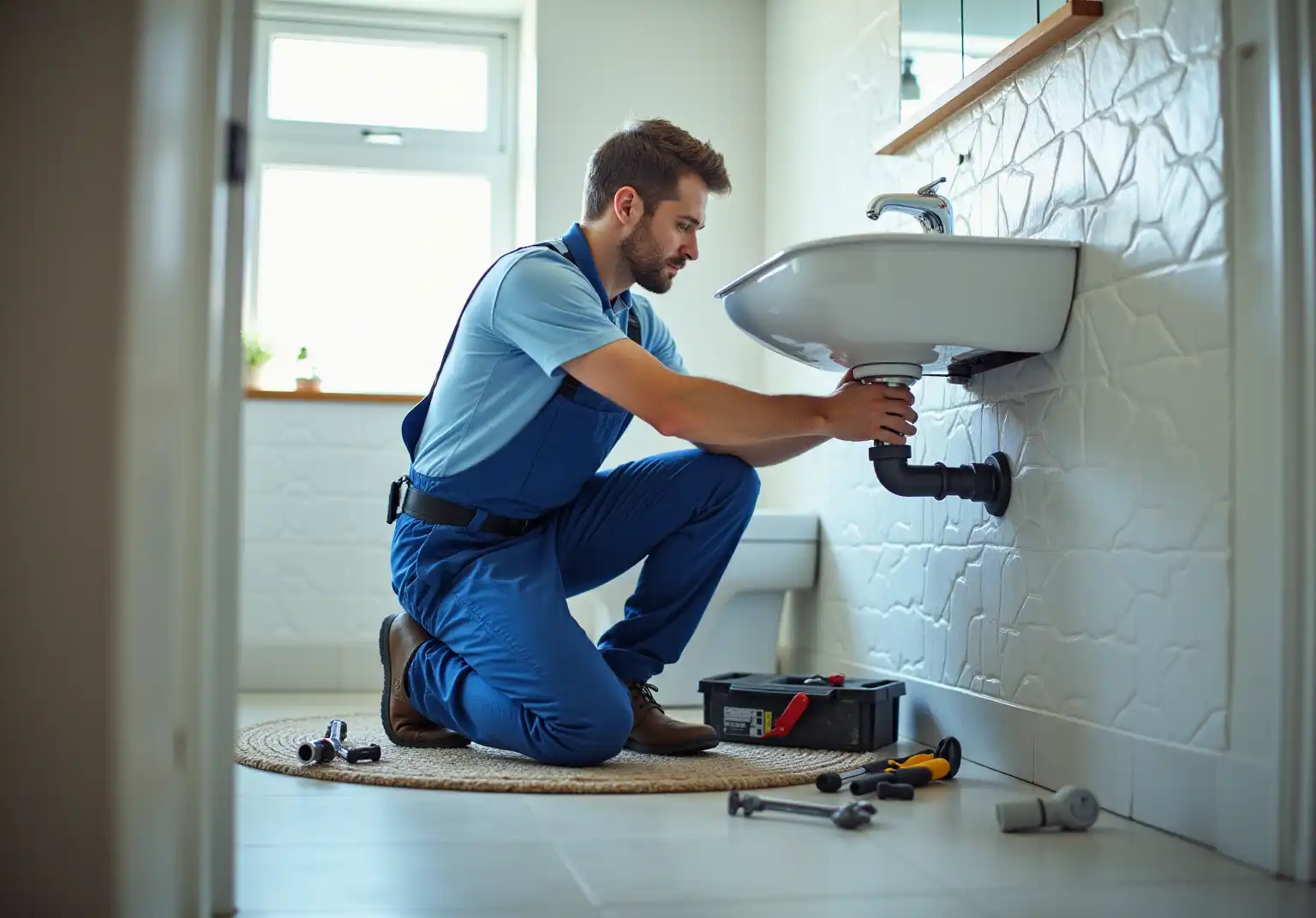Paint is crucial in transforming spaces and creating aesthetic appeal in the construction and design industry. The selection of paint types is a critical consideration in the construction and design industry. Paint plays a vital role in transforming spaces and enhancing the aesthetic appeal of residential homes, commercial buildings, and industrial facilities.
With various paints on the market, each boasting unique properties and applications, choosing the best option can get overwhelming.
Let’s unravel the complexities of paint types to pick the best option for particular projects confidently.
Understanding Different Types of Painting
In this section, let’s explore the different types of painting, highlighting unique characteristics and applications.
Various Finishes for Walls and Furniture
Different types of paint finishes can transform the appearance and texture of walls and furniture. Matte finishes are non-reflective. The velvety feel gives the surface a touch of sophistication and hides imperfections.
Satin finishes offer a subtle sheen and balance matte and gloss. It’s versatile for walls and furniture. Semi-gloss finishes give surfaces a lustrous shine, enhance durability, and ease cleaning. It’s more suitable for high-traffic areas.
High gloss finishes offer a reflective surface for a bold and dramatic effect on any space.
Interior Paint
Paint for interiors is a transformative tool that breathes life into the walls of our living spaces. With countless paint types and finishes to choose from, property owners can express their style and create the desired atmosphere.
From vibrant and bold to soothing and serene, various types of interior paint allows for customizing each space. The right type of paint for the bathroom offers durability and easy maintenance for long-lasting beauty.
Exterior Paints
Exterior paint is the first line of defense for properties against elements. Choosing the most appropriate is crucial for long-lasting protection and visual appeal. It’s designed to withstand harsh weather conditions, exterior paint offers fade resistance, moisture protection, and superior durability.
The paint also enhances curb appeal to reflect the property owner’s style and personality. Different types of exterior paints provide a welcoming and attractive outdoor space that stands the test of time.
Wall Paint
Wall paint is the foundation for interior design. This sets the tone and ambiance of any space. With a plethora of colors, textures, and finishes, wall paint expresses creativity and creates the desired mood.
Different types of wall paint are available including warm and inviting hues and cool and serene tones. The right paint can significantly transform any room. Nevertheless, it reflects the personal style and taste of the occupants.
Wall paint protects surfaces and is durable and easy to maintain. This keeps the surfaces vibrant and beautiful for years to come.
Paint For Furniture
Painting house furniture is an exciting opportunity to rejuvenate and personalize pieces or to give them a new lease on life. Whether you’re looking to update vintage finds or revitalize worn-out furniture, the right paint will transform it into a stunning focal point.
There are specially made paint types for particular materials such as wood or metal. The best type of paint for furniture will transform any to match the desired style and decor,
Spray Paint
Spray paint is a highly versatile and convenient option to achieve smooth and even coverage on various surfaces. The types of spray paint offer quick application and drying times for projects that require efficiency.
This paint is available in different colors and finishes including matte, gloss, metallic, and textured, providing ample choices for customization. The precise and consistent application offers professional-looking results for touch-ups or larger projects.
Paint For Wood
Painting wood surfaces requires special paint that offers durability, protection, and a smooth finish. The type of paint for wood is either oil-based or water-based and each has its advantages. Oil-based paint offers excellent adhesion and durability making it ideal for high-traffic areas.
Water-based paints offer quick drying times, low odor, and easy cleanup. Mind the type of wood, desired finish, and environmental factors that impact longevity. The appropriate type of paint for cabinets enhances the beauty while offering long-term protection against wear and tear.
Paint For Metal
Painting metal requires specialized paint that adheres well, resists corrosion, and offers long-lasting protection. Metal paint is specially formulated with rust inhibitors and designed to withstand harsh environmental conditions.
This type of paint for metal comes in different finishes including matte, gloss, and satin for versatility to achieve desired results. Priming metal surfaces before applying paint is recommended for proper adhesion and durability.
Paint For Ceiling
You need paint that offers even coverage and adheres well to overhead surfaces for ceilings. The painting is specially formulated with a flat or matte finish to hide imperfections and minimize light reflection.
Ceiling paint offers viscosity for easy application and minimal splattering. This type of paint for ceiling creates a seamless and visually pleasing surface while providing durability and easy maintenance.
Water-Based Paints
Also known as latex or acrylic paint, water-based paint is easy to use, environmentally friendly, and has low odor. The paint has pigments suspended in water making cleaning seamless with water and soap.
Water-based paint dries much quicker to complete projects efficiently. Types of water based paints excellently adhere to various surfaces including wood, metal, and walls. It’s available in a range of colors and finishes making it a good choice for many professionals.
Paint For Concrete
Painting concrete requires paint that withstands unique challenges. Concrete paint is formulated to provide excellent adhesion, durability, and resistance to peeling or cracking. The paint adheres to porous concrete surfaces and is available in oil or water-based options.
Concrete paint transforms dull and worn-out concrete floors, walls, and outdoor surfaces into vibrant and visually appealing spaces. This type of paint for concrete offers protection against moisture, stain, and weathering. It’s ideal for basement floors, patios, and garages.
Tips For Professional Contractors
As a professional painting contractor, achieving flawless finishes and delivering top-notch results is essential for your reputation and client satisfaction.
Here are some tips.
Selecting the Right Finish For Different Surfaces
To meet functional and aesthetic goals, it’s essential to choose the right finish for particular surfaces. Finish is the amount of reflection produced when light hits a painted surface. This impacts the overall look, durability, and ease of maintenance of the painted surface.
The appropriate finish enhances the aesthetic appeal by complementing the design scheme and creating the desired effect. In addition, it ensures durability for the painted surface to withstand wear, stains, and environmental factors.
Proper Surface Preparation Before Painting
Appropriate surface preparation is necessary before painting for a successful and long-lasting project. The process involves cleaning the surface to remove dirt, dust, and grease, repairing cracks or imperfections, and priming the surface.
Other benefits of adequate preparation of surfaces include:
- Creating a smooth and stable base for the paint
- Improving paint adhesion
- Boost the durability of the finish
- Prevents peeling, cracking, and uneven coverage
Achieving a Smooth and Even Finish
Painting attention to detail and using appropriate techniques are key to achieving a smooth and even finish.
Here are some valuable tips to achieve this.
- Ensure the surface is clean, dry, and properly prepared before painting
- Prime the surface to boost paint adhesion and smoother finish
- Use quality tools and equipment
- Apply thin coats for better control and to prevent dripping and uneven drying
- Paint under proper lighting to notice imperfections clearly
- Take time and practice before handling a project to hone your skills
Staying Up-To-Date With Industry Trends
Painting professionals must stay up-to-date with industry trends to provide high-quality services.
That’s not all.
It also allows for meeting customer expectations, showcasing creativity, adapting to market demands, and fostering continuous learning and growth.
By staying current, professionals can stay competitive, deliver exceptional results, and thrive in the dynamic painting industry.
Conclusion
Understanding the different paint types and their unique characteristics is crucial for side supply professionals. Paint selection impacts the outcome of projects while enhancing aesthetics and durability.
To further optimize the painting process, it’s highly recommended to use a painting contractor’s software for scheduling. Incorporating the tool into a painter’s toolkit allows professionals to enhance efficiency, deliver flawless finishes, and exceed customer expectations.





